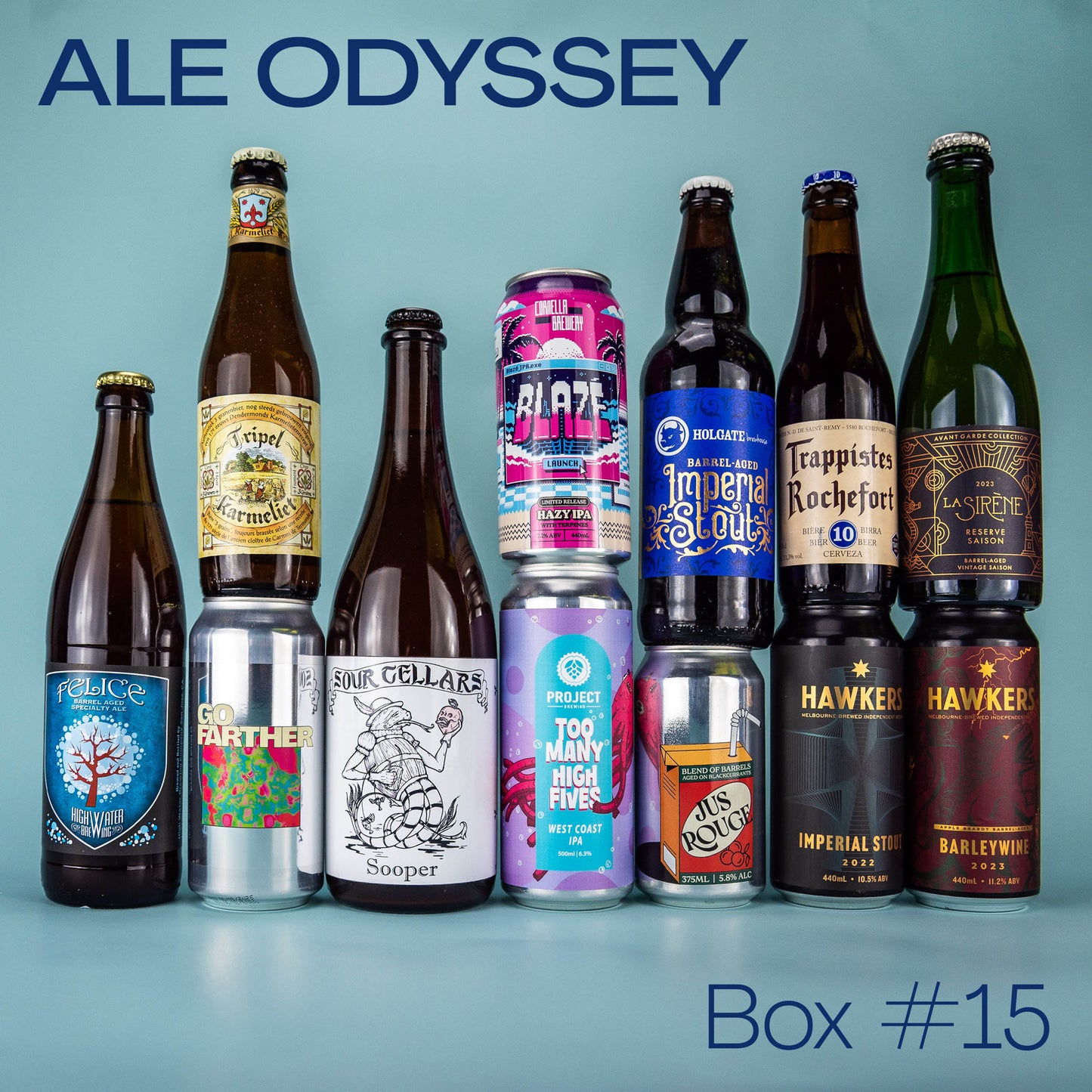While nitrogen has been seeping into our brews for millennia, it wasn’t until the 1950s that we started deliberately incorporating it into beer. As with most areas, industrialisation brought many innovations to the brewing process. The introduction of air-tight metal kegs meant beers could remain shelf-stable for much longer than they could in wooden barrels. However, a little-known brewery called Guinness believed something was lost along the way…
The team at Guinness wanted to make the transition to keg in order to expand and ship their brews further than before, but there remained a little je ne sais pas that was lost when they removed wooden kegs from the equation. In ye olde Ireland, handpump tended to be the method of choice to pull beer from barrel to glass. This involved literally pumping air by hand into the barrel and forcing the beer out of the tap. The introduction of air under pressure added a small amount of oxidation, but also a large amount of nitrogen into the brew. It turns out the team at Guinness were missing this when they poured themselves a pint out of their fancy new kegs.
For this next bit, I’ll need you to put on that lab coat you bought for a costume once and never wore again because we’re getting sciency! Nitrogen is much less soluble than carbon dioxide, the gas of choice for most brewers out there. This means it really doesn’t want to stay dissolved, it would rather be in its gaseous form. Because of this, once the beer is no longer under pressure in its packaging or keg, it will return to its gaseous form and create a thick, creamy head on the brew.
The famous nitro head lasts much longer than CO2 beers partly due to the smaller bubbles, but mainly because air is nearly 80% nitrogen. If we remember from school, gases like to equilibrate or reach a balanced ratio between air pockets. The difference between the amount of nitrogen in the air compared to the beer is minimal compared to the difference in CO2 between a ‘normal’ beer and the air. Because of this smaller difference between air and brew, the rate of exchange of gas is much slower.
Now that we have the science out of the way, the team at Guinness found that by pumping nitrogen into the tank prior to packaging, they could force enough nitrogen into the beer to recreate the mouthfeel of the old wooden casks. The result is the famous, hypnotising cascade of bubbles slowly rising to the top of a freshly poured pint.
The number of nitro beers in circulation is very small compared to CO2, but one rare example of a brewery adding their rendition of a nitro stout to their core lineup is Left Hand. They have added lactose to produce a sweet milk stout rather than the traditional Irish stout most people associate with nitro, but we think you’re going to love it!
Want to explore nitro beer?
Take a peek at Carwyn Cellar's range of Nitro beers!
Image: www.lefthandbrewing.com




